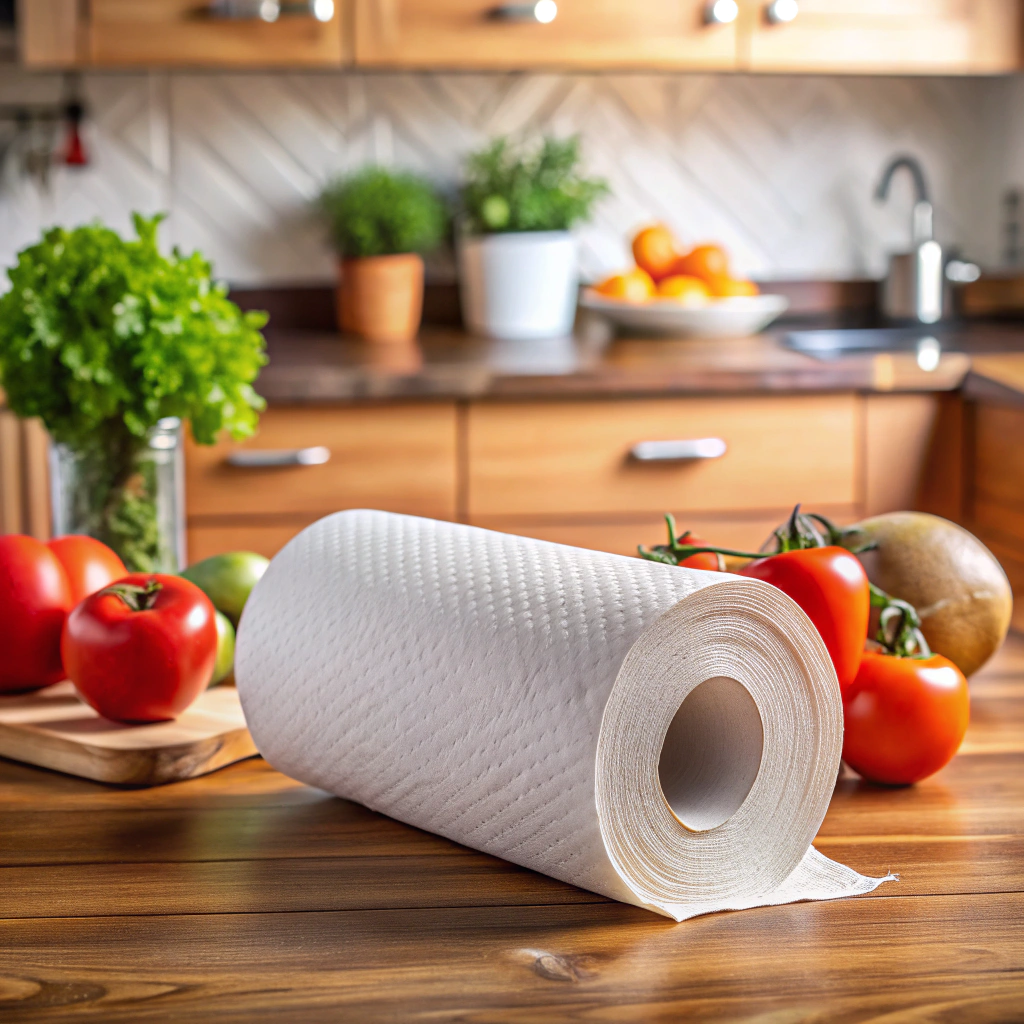Last updated on
Understanding counter heights ensures optimal comfort in your kitchen or dining area; this article provides detailed insights on standard measurements and factors to consider when selecting the right countertop height.
Key takeaways:
- Standard kitchen countertop height is 36 inches for optimal comfort.
- Exceptions to standard dimensions include accessibility, children, and specialized tasks.
- Adapting countertop height for physical needs enhances comfort and accessibility.
- Factors to consider when choosing the right height include ergonomics, task purpose, seating accommodation, kitchen layout, and accessibility.
- Counter height stools are shorter than bar height stools, and the key to comfort is allowing for leg room.
What's Inside
Average Kitchen Countertop Height

The standard height for kitchen countertops is 36 inches (91 centimeters), which aligns with the average person’s waist level, making it a comfortable height for food preparation and daily tasks. This height is carefully chosen considering ergonomics to reduce the strain on backs and arms during repetitive kitchen activities like chopping or mixing.
Furthermore, kitchen appliances and cabinets are typically designed with this height in mind, ensuring a seamless integration across manufacturers. Synchronization with standard dining chair heights also facilitates a manageable transition between sitting and standing activities in the kitchen, enhancing the overall functionality and flow within the space.
In homes with multi-level counters, a secondary tier will often rise to 42 inches (106 centimeters), providing a suitable elevation for bar stool seating while still complementing the primary work surface height. This dual-level approach accommodates diverse kitchen activities, from preparing meals to socializing over drinks.
Exceptions to Standard Kitchen Countertop Dimensions
While standard kitchen countertops usually stand around 36 inches in height, several factors can shift this norm. Customization caters to homeowners who seek functionality aligned with their personal preferences or physical requirements. Adjustments might be made for:
- Accessibility: For those using wheelchairs or those who are significantly taller or shorter than average, countertops may be installed at heights that make it easier for them to prepare food and use the kitchen comfortably.
- Children: In households with young children, lower countertops can be incorporated to make it possible for them to reach the surface and participate in kitchen activities safely under supervision.
- Specialized Tasks: Precision activities, like baking or crafting, might warrant surfaces that are either lower or higher to ensure ergonomic positioning for tasks that require fine motor skills.
- Multi-Level Surfaces: Modern kitchen designs often include multi-level islands or counters to serve various functions and seating arrangements, creating a dynamic kitchen environment.
- Integrated Appliances: Custom counter heights can accommodate under-counter appliances such as dishwashers, ovens, or refrigeration drawers, ensuring a seamless transition between surfaces.
By factoring in these exceptions, a kitchen can be tailored to suit the unique needs and lifestyles of its users, marrying both form and function.
Physical Needs
Adapting countertop height to accommodate physical needs enhances comfort and accessibility. For individuals in wheelchairs, a lower surface, typically 28 to 34 inches from the floor, allows for better reach and use.
Ergonomic considerations extend to those who spend extensive time in the kitchen, suggesting the counter be customized to reduce strain on the back and arms. A guideline is to have the countertop about 3 inches below the user’s elbow height for a comfortable work surface.
The use of adjustable height counters offers a versatile solution, catering to multiple users with varying needs, fostering an inclusive environment. It’s not just about adhering to universal design standards, but ensuring the heart of the home is welcoming and functional for everyone.
How to Choose the Right Height?
Selecting the perfect counter height hinges on several factors that ensure comfort and functionality in your space:
1. Ergonomics:
Take into account the primary users’ heights. A comfortable countertop level aligns with the elbows when standing, allowing for a relaxed shoulder position while working.
2. Task Purpose:
Understand the tasks you’ll perform. Lower counters suit heavy-duty tasks like kneading dough, while higher surfaces are ideal for less strenuous activities like sorting groceries.
3. Seating Accommodation:
Match your counter height with appropriate seating. Standard counters (36 inches) pair well with stools that have a seat height of around 24 to 26 inches.
4. Kitchen Layout:
Your kitchen design might dictate heights, especially if you’re incorporating counter-height zones within island seating or utilizing varied levels for aesthetic interest.
5. Children and Accessibility:
Families with kids or individuals with mobility issues might benefit from counters at a more accessible height.
6. Resale Considerations:
Standard heights attract a broad market. If selling your home is on the horizon, staying within the average height range may appeal to more potential buyers.
Always remember to cross-reference your findings with the standard dimensions and adjust accordingly to blend personal comfort with design norms for a seamless kitchen experience.
Counter Height Vs. Bar Heights for Stools: Differences
Understanding the distinction between counter height and bar height is crucial for both comfort and functionality. Here’s a quick guide to help you navigate through these differences:
- Counter height stools typically have a seat height of 24 to 27 inches, aligning perfectly with standard counter heights of 34 to 39 inches.
- Bar height stools, on the other hand, are taller, with seat heights ranging from 28 to 33 inches, designed to be paired with bar counters which usually stand between 40 to 46 inches.
- The key to comfort is allowing for 9 to 13 inches between the stool seat and the underside of the counter or bar for leg room.
- When selecting stools, consider the users’ heights to ensure their feet rest comfortably on the ground or a stool footrest.
- Remember that custom kitchen islands can deviate from these heights, so always measure your specific setup before purchasing stools.




